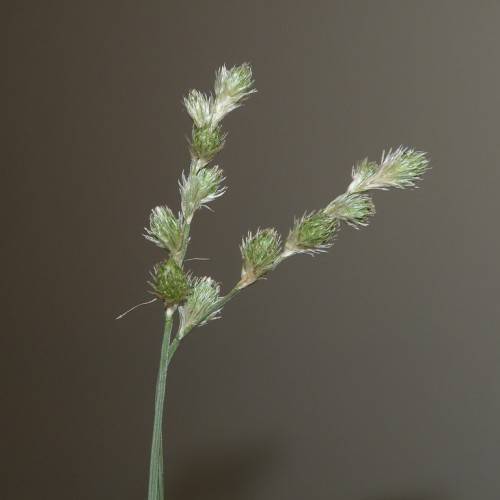
Hay Sedge
Carex argyrantha
Watering:
Average
Hardiness Zone:
Flowers:
Flowers
Sun:
Partial Shade, Shade
Soil:
Loam, Humus Enriched
Leaf:
Yes
Growth Rate:
Low
Drought Tolerant:
Yes
Salt Tolerant:
Yes
Care Level:
Medium
watering
Drooping Wood Sedge requires moist soil, but not excessively wet soil. Water the plant early in the morning so that the foliage has time to dry off before nightfall. It should be watered once or twice a week, depending on the temperature and humidity levels. During the summer months, when there is more sunshine and heat, the plant should be watered more frequently. During drier months, such as winter, water the plant only when the soil begins to feel dry to the touch. If you are using a watering can, make sure to evenly distribute the water over the entire surface of the soil. Avoid getting water on the leaves and avoid over-watering.
sunlight
Drooping Wood Sedge is a shade tolerant plant species native to North America and Europe and prefers moist, humus-rich soils. It prefers bright, indirect sunlight, making it an ideal choice for locations with dappled sunlight or filtered shade. It can also tolerate full sun but is best avoided in locations with direct, mid-afternoon sunlight, as it can become stressed or burn if exposed to intense sun for extended periods. In general, the best time for Drooping Wood Sedge to get adequate sunlight is during the morning and late afternoon. Morning sun is important as it helps the plant wake up and be ready for the day, while the long afternoon allows the plant some respite from the intense heat of the afternoon sun. It is important to ensure that the plant does not receive direct sunlight for too long, as this can eventually lead to sunburn and other issues. Ideally, Drooping Wood Sedge should get around 4 hours of bright, indirect sunlight each day. A spot with east and west exposure or a location with dappled shade throughout the day is ideal for this species. Any more than 4 hours of sun, especially direct sunlight, should be avoided as it can lead to stress and burn.
pruning
Prune drooping wood sedge (Carex arctata) when foliage starts to look tired or old. Pruning should occur in late winter or early spring to encourage new growth. Prune off old, dead, or damaged foliage at the base and cut foliage about 2 inches from the ground. Regular pruning every 1 to 2 years will help keep the plant healthy and looking its best. Pruning too much can cause the plant to become leggy and unsteady.
